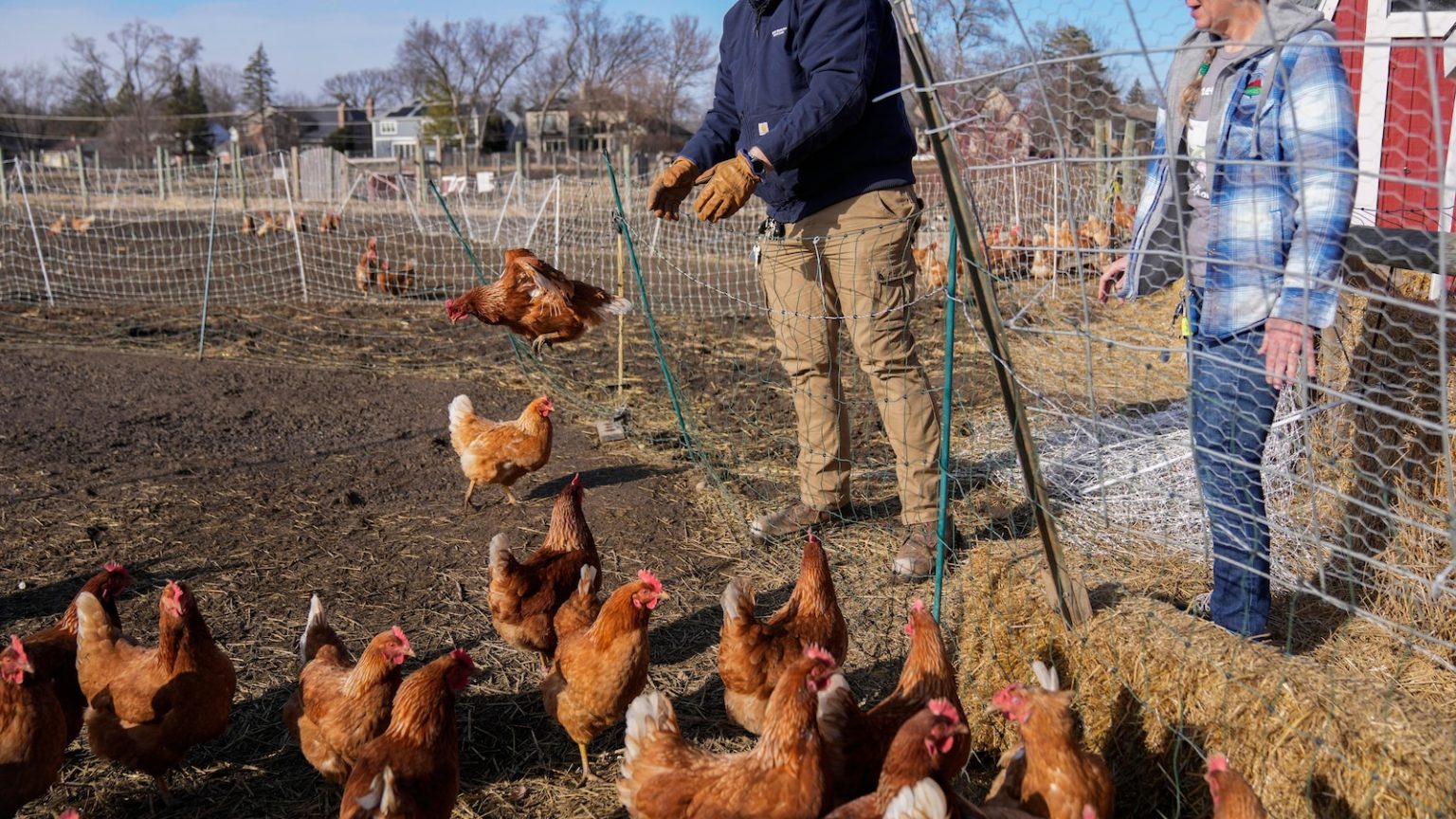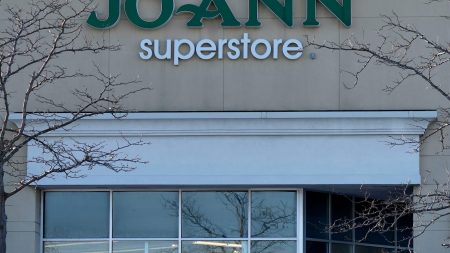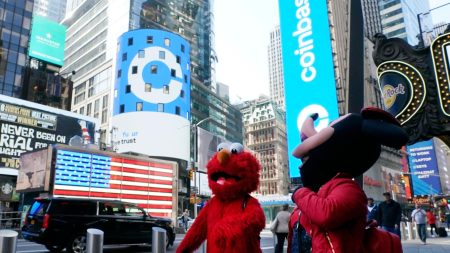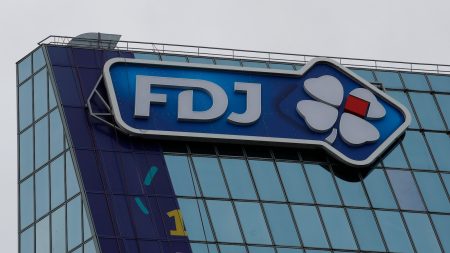Nevada’s Temporary Suspension of Cage-Free Egg Laws: A Complex Solution to Rising Egg Prices
An Overview of the Crisis and Nevada’s Response
In 2021, Nevada, along with several other states, enacted legislation requiring egg producers to use cage-free practices, driven by concerns over animal welfare. At the time, a dozen eggs cost less than $2, and the shift to cage-free systems seemed feasible. Fast forward to 2023, and the egg market has been turned upside down. The lingering effects of the bird flu outbreak, which began in 2022, have led to the slaughter of nearly 159 million birds, severely limiting the national egg supply. As a result, the average cost of a dozen eggs in the U.S. has skyrocketed to nearly $5, with some areas seeing prices as high as $12.99 per dozen.
In an effort to provide relief to its residents, Nevada has passed a law allowing the state to temporarily suspend its cage-free egg requirements. Governor Joe Lombardo signed the legislation on Thursday, and the Nevada Department of Agriculture is expected to authorize a 120-day suspension shortly. The hope is that relaxing the cage-free rule will increase the availability of eggs in the state, offering some respite to consumers struggling with high prices. However, experts caution that the impact of this move may be limited, as the broader supply chain issues plaguing the egg industry are far more complex.
The Broader Supply Chain Challenge
The decision to suspend cage-free requirements in Nevada is not without controversy. While opening up the market to non-cage-free eggs might provide some short-term relief, the overall supply of eggs remains constrained. The bird flu outbreak has devastated flocks across the country, with nearly 159 million birds culled to prevent the spread of the virus. Even if Nevada relaxes its standards, the nation’s egg production capacity is still significantly reduced.
Moreover, many farmers and producers have already invested heavily in transitioning to cage-free systems. Collectively, they have spent billions of dollars converting barns and facilities to meet the ethical and legal requirements of cage-free egg production. Reversing this process is not a simple or cost-effective solution. Additionally, major corporations like McDonald’s and Sodexo, which have pledged to source only cage-free eggs, continue to drive demand for these products. This ensures that even if cage-free laws are temporarily lifted, the market for cage-free eggs remains strong, limiting the potential benefits of Nevada’s decision.
University of Arkansas agricultural economist Jada Thompson notes that while Nevada’s move might slightly ease egg prices within the state, it could exacerbate shortages elsewhere. With the national egg supply already stretched thin, redirecting eggs to Nevada might leave other states even more vulnerable to price spikes.
The Role of Cage-Free Laws and Consumer Demand
The cage-free movement has gained significant momentum in recent years, driven by consumer demand for more humane treatment of animals. The number of cage-free hens in the U.S. has grown exponentially since 2017, when just 38 million hens were raised in cage-free systems. Today, that number stands at around 121 million, out of a total of 304 million egg-laying hens. However, this growth has not kept pace with demand, as major retailers and food service companies continue to commit to cage-free sourcing.
The shortage of cage-free eggs is further complicated by the fact that many of these eggs are locked into long-term contracts with companies like Panera Bread, Sodexo, and Aramark. These contracts ensure a steady supply for these businesses but also limit the availability of cage-free eggs for retail grocery stores. As a result, grocers often struggle to meet consumer demand, and some have even resorted to selling eggs at a loss to attract customers.
Despite these challenges, experts like Michigan state Rep. Jerry Neyer argue that cage-free laws are not the primary driver of high egg prices. Instead, they point to the bird flu outbreak and its devastating impact on the nation’s egg-laying flock. Neyer, who chairs the state House Agriculture Committee, believes that the idea that cage-free laws are responsible for the price surge is a “misconception.” Many farms, he notes, have already adapted to the new requirements, and rolling back the laws would not significantly reduce costs.
The Response from Other States
While Nevada has taken the unprecedented step of temporarily suspending its cage-free egg law, other states with similar laws are taking a more cautious approach. California, Massachusetts, Washington, Oregon, Colorado, and Michigan have all chosen not to follow Nevada’s lead, citing concerns over animal welfare and the potential ineffectiveness of such a move.
In California, where voters passed a ballot initiative in 2018 requiring cage-free eggs, any major changes to the law would need to be approved by voters. This has made policymakers reluctant to revisit the issue, even in the face of record-high egg prices. Similarly, in Colorado, a recent attempt to repeal the state’s cage-free law was defeated in its first committee vote. Republican state Rep. Ryan Gonzalez, the bill’s sponsor, argued that the cage-free requirements were contributing to the price crisis, but the majority of lawmakers on the panel remained skeptical.
Arizona, Rhode Island, and Utah have also passed cage-free laws, but these will not take effect for several more years. For now, these states are waiting to see how the situation unfolds elsewhere before considering any changes to their own policies.
Personal Stories and the Human Impact of the Egg Crisis
For many Americans, the surge in egg prices has been nothing short of staggering. Nevada resident Nancy Wong expressed her outrage at the situation, recounting how eggs have been rationed or entirely unavailable in local stores. “We have gone to the store and eggs have been either rationed or completely out,” she said. Her experience is far from unique, as consumers across the country struggle to afford this once-affordable staple.
The situation has been particularly dire in states like California, where some retailers are selling eggs for as much as $12.99 a dozen. In response, some grocery stores have begun offering eggs in smaller bundles, such as packs of three, to make them more accessible to cash-strapped shoppers. These measures, however, offer little relief to those who rely on eggs as a key part of their diet.
The emotional toll of the crisis cannot be overlooked. For backyard chicken keepers like Democratic Assemblymember Howard Watts III, who championed Nevada’s original cage-free law, the situation has been particularly wrenching. Watts, who raises chickens himself, had hoped to promote a “standard of humane treatment” through the legislation. However, he acknowledges that the unforeseen consequences of the bird flu outbreak have created a complex and difficult situation. “One of the things that was not foreseen at that time was this major animal disease outbreak,” he testified. “As a result, there was no regulatory flexibility to suspend those requirements in the event of a major supply chain disruption.”
The Future of Egg Production and the Cage-Free Movement
Looking ahead, it remains unclear whether Nevada’s decision to suspend its cage-free egg law will provide meaningful relief to consumers. While the state expects to see some impact within 30 days, experts warn that the broader challenges facing the egg industry are unlikely to be resolved so quickly.
For small-scale farmers like Jonathan Kuester, who runs a farm with about 200 hens in Illinois, the crisis has highlighted the vulnerabilities of cage-free production systems. Kuester acknowledges that his free-roaming hens are more susceptible to bird flu, as they are more likely to come into contact with ducks and geese that carry the virus. However, he believes that the root of the problem lies not in the cage-free movement but in the massive scale of modern egg production. “The egg shortage that people are seeing is a result of some fairly large flocks being euthanized, and so fewer chickens are currently laying than were three or four months ago,” he explained. “There’s been a little bit of a panic, too. People are suddenly buying eggs as quickly as they can, and so you see that shortage.”
As the nation grapples with the fallout from the bird flu outbreak, one thing is certain: the egg industry will not return to its pre-2022 state anytime soon. Whether through temporary suspensions of cage-free laws, investments in disease prevention, or a reevaluation of production practices, the path forward will require careful consideration of both animal welfare and economic realities. For now, consumers are left to navigate a marketplace where a dozen eggs has become a luxury item, hoping that relief—however small—may be on the horizon.















